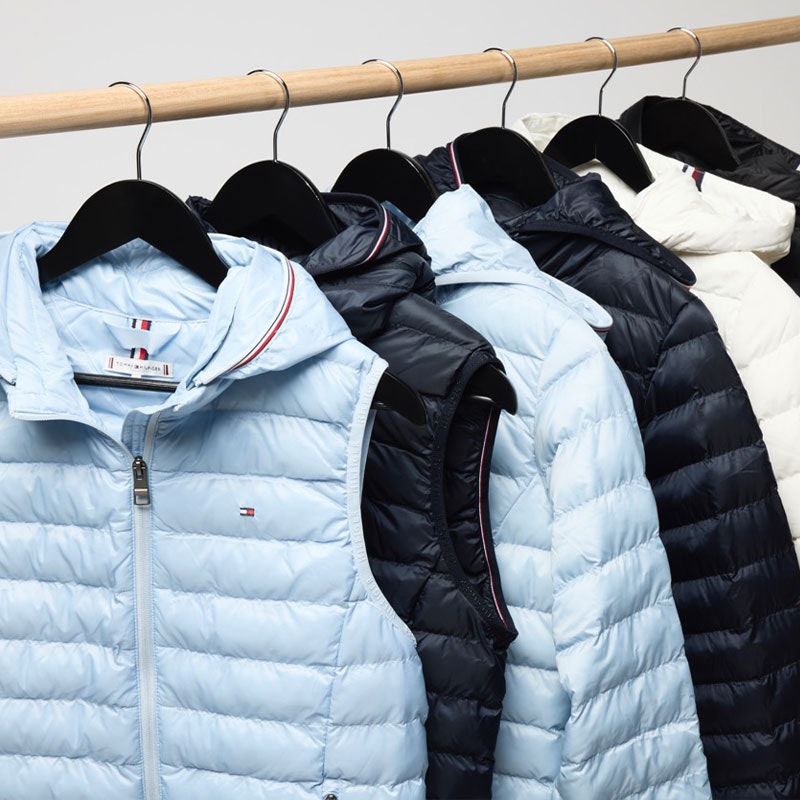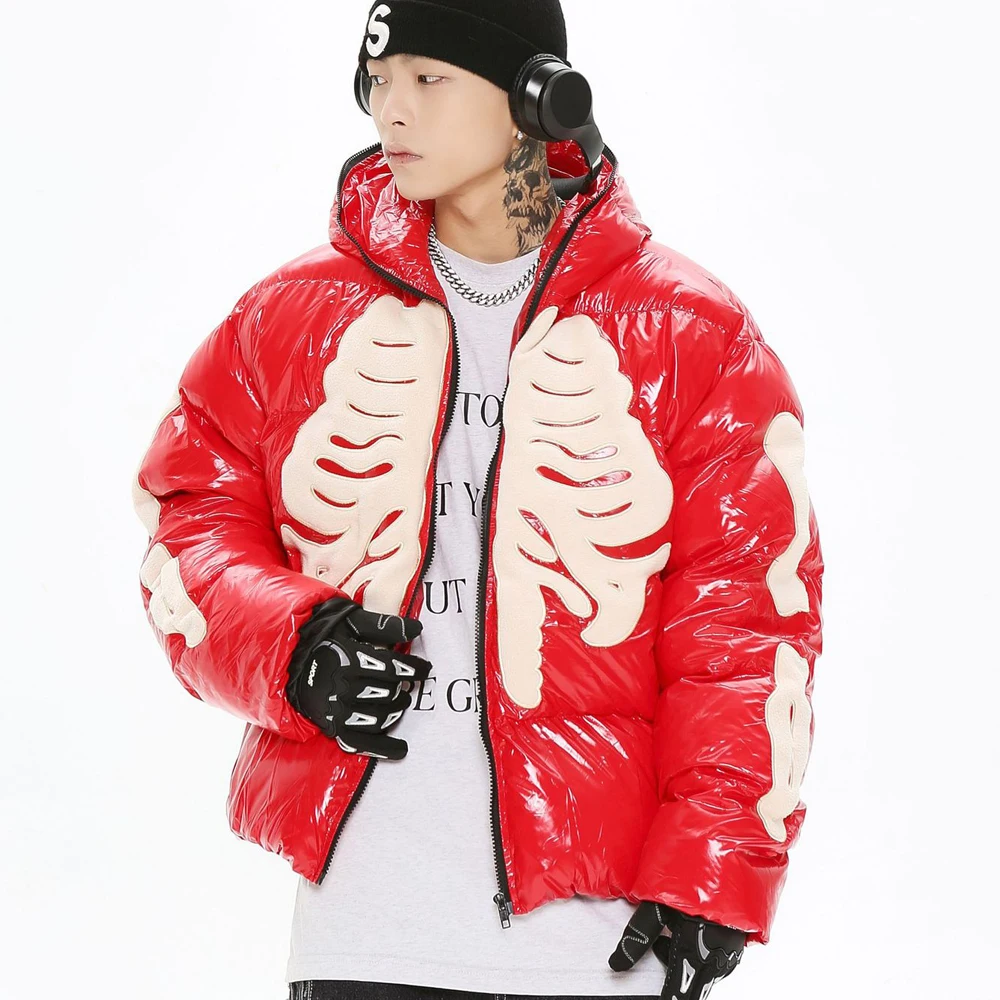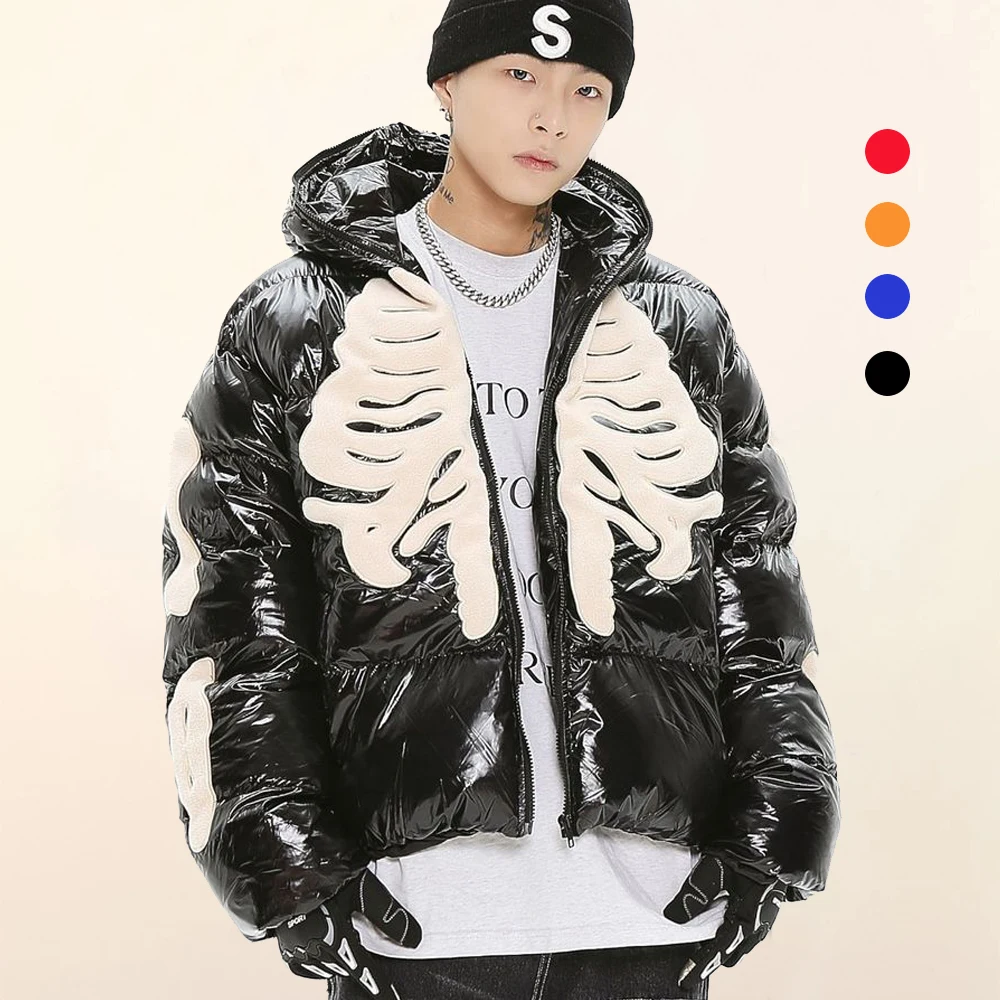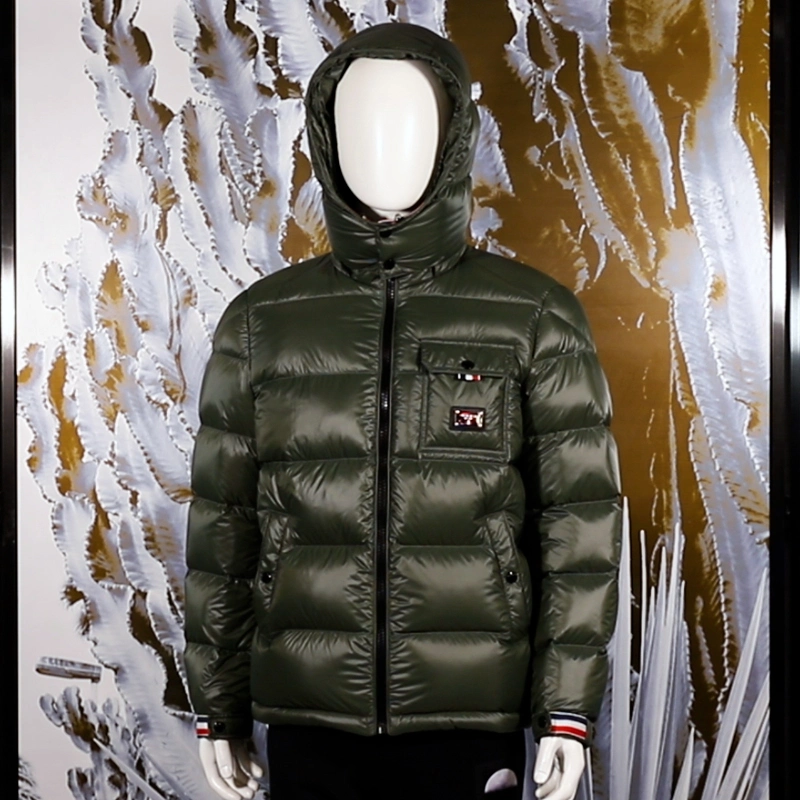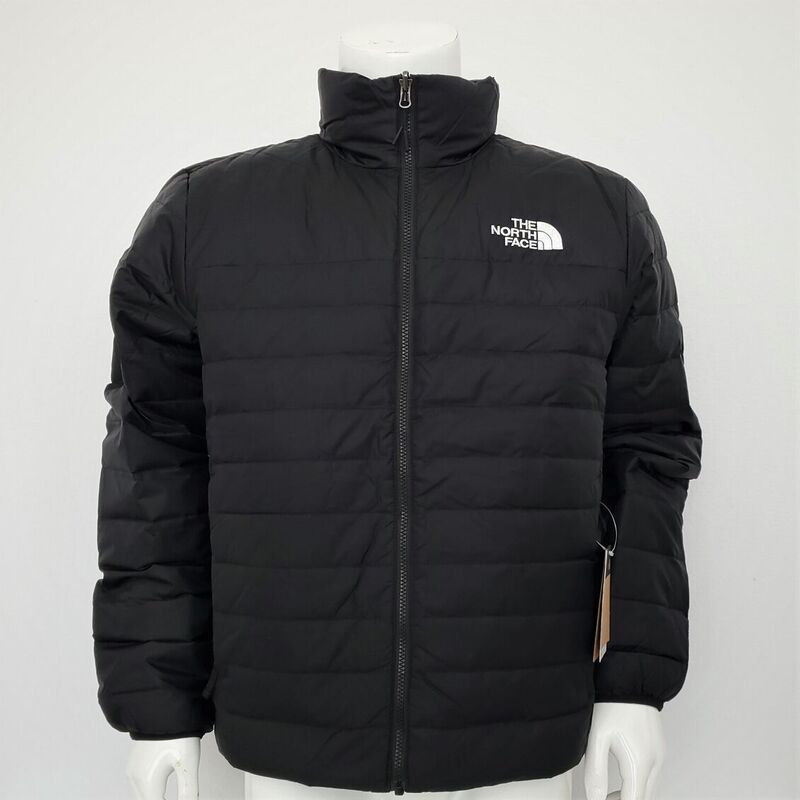
Understanding North Face Puffer Jackets
North Face has become synonymous with quality outdoor wear. Their puffer jackets are particularly popular for both warmth and style. These jackets are engineered to provide insulation while maintaining a sleek, modern look. Many outdoor enthusiasts choose these jackets for chilly days, mainly due to their reliable performance. Whether you are hiking in the mountains or just braving a winter commute, they can keep you warm.
Additionally, the materials used in these jackets are top-notch. North Face employs advanced technology in their design processes. This ensures the jackets offer both warmth and breathability. Most North Face puffer jackets feature synthetic or down insulation. Each type has its own set of benefits, making the selection process crucial for the consumer.
Moreover, these jackets are available in a wide range of styles and colors. North Face consistently updates its inventory to reflect current trends. Consumers can choose from sleek, urban options or more rugged outdoor styles. This variety contributes to the brand’s ongoing appeal. It makes it easier for consumers to find the right jacket for their lifestyle.
Insulation Technologies
When discussing puffer jackets, the insulation technology is paramount. North Face offers down insulation and synthetic options. Down insulation is made from the feathers of geese or ducks. It is incredibly lightweight yet provides exceptional warmth. However, it loses insulating ability when damp, which is an important consideration.
On the other hand, synthetic insulation mimics the qualities of down. It remains effective even when wet, ensuring you stay warm during rain or snow. This feature is particularly beneficial for outdoor enthusiasts who frequently face various weather conditions.
Ultimately, the choice between down and synthetic will depend on your needs. If you plan to stay dry, down may be the best option. However, if you expect some moisture, synthetic insulation is a stronger choice.
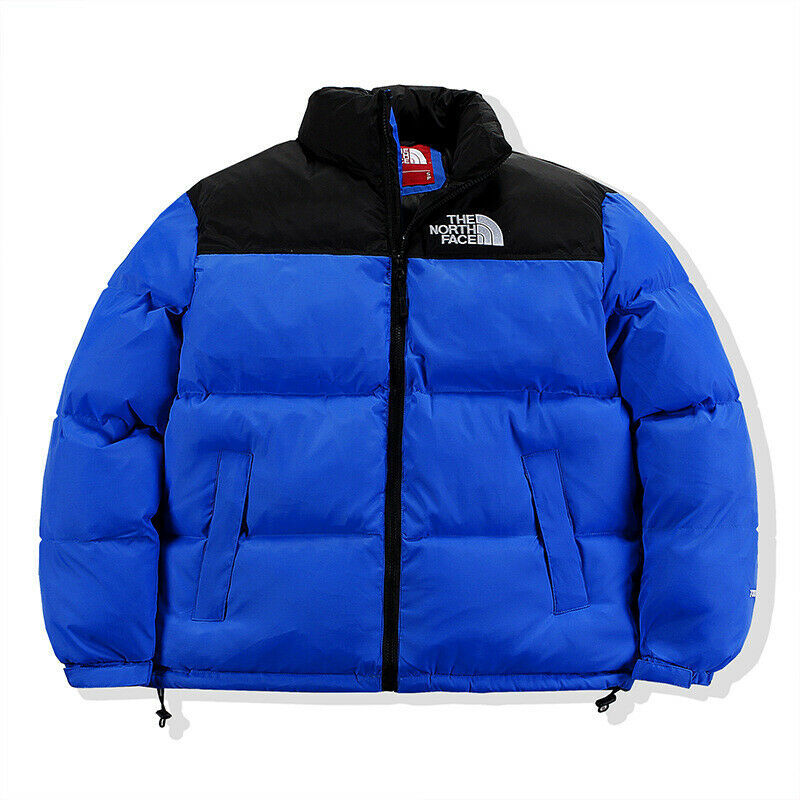
Climate Considerations
The specific climate conditions you’ll face are crucial in selecting a puffer jacket. For colder, drier climates, a down-filled jacket is often ideal. The loft of the down provides impressive insulation against the biting cold. However, if you’re in a damp environment, synthetic insulation may offer more versatility.
The North Face jackets are designed with these factors in mind. They consider not just insulation but also external materials that repel water. This combination keeps wearers comfortable and dry, regardless of weather conditions.
Moreover, layering is an effective strategy in varying climates. You might opt for a lighter North Face puffer jacket for mild weather. Then, add more layers as temperatures drop. This adaptability makes North Face jackets appealing for various seasonal needs.
Features of North Face Puffer Jackets
North Face puffer jackets are packed with innovative features. These elements serve both functional and aesthetic purposes. Understanding these features can help you find the right jacket for your needs.
Weight and Compressibility
One of the standout qualities of North Face puffer jackets is their weight. These jackets are built to be lightweight, making them easy to carry. Many of them can be compressed into small sizes, allowing for easy storage. This feature is especially valuable for travelers. You can easily stow a jacket in a backpack without adding bulk.
The lightweight nature does not compromise warmth, which is a key advantage. North Face uses various materials to ensure maximum insulation without excessive weight. This balance makes the jackets versatile for various activities.
Weather Resistance
Another essential feature is weather resistance. North Face employs advanced technologies to create jackets that resist wind and moisture. Many models include water-repellent finishes that keep you dry. This capability is pivotal for those who spend time outdoors in unpredictable weather.
Furthermore, the breathable fabric allows for ventilation. This ensures you won’t overheat during strenuous activities. North Face considers both insulation and moisture control in their designs. As a result, wearers can feel comfortable and protected in diverse environments.
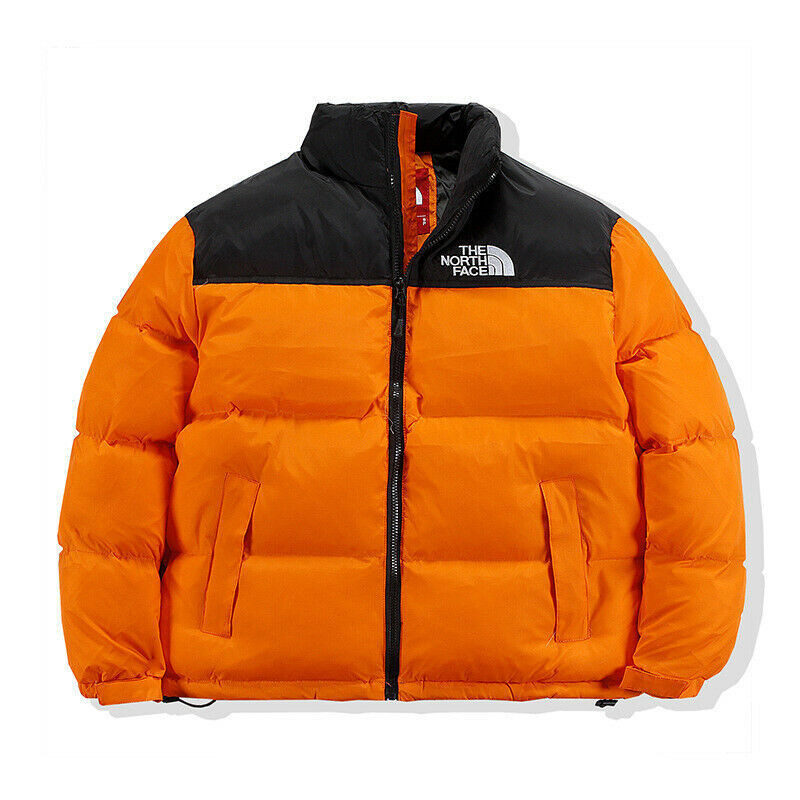
Choosing the Right North Face Puffer Jacket
Selecting the ideal North Face puffer jacket involves considering various factors. Each individual has unique needs based on lifestyle and intended use. Thus, understanding these criteria can greatly influence your decision.
Lifestyle Compatibility
Your lifestyle plays a significant role in which jacket you should choose. If you live in a city and require a stylish jacket, look for urban options. Many North Face puffer jackets have sleek designs that suit city life.
Conversely, outdoor enthusiasts may prefer jackets designed for rugged conditions. Features like a hood or reinforced seams may be essential for hiking or skiing. Keeping these lifestyle factors in mind will streamline your search.
Fit and Sizing
Fit and sizing are equally crucial when selecting a jacket. North Face offers various sizes to accommodate different body types. Always consult the sizing chart before making a purchase.
In addition, consider the level of insulation you will need. A snug fit may work best for colder, drier climates. A looser fit can be better for layering or milder conditions. Ensure you try different styles to find the best fit for your body type.
Caring for Your North Face Puffer Jacket
To extend the life of your North Face puffer jacket, proper care is essential. Mishandling can minimize the jacket’s effectiveness. Therefore, following care instructions will keep your jacket looking and performing well for years.
Washing Guidelines
Washing your jacket correctly is crucial for maintaining its performance. Always check the care label for specific instructions. Most North Face puffer jackets are machine washable, but it’s best to use a gentle cycle. This minimizes wear on both the fabric and insulation.
Using a mild detergent is also essential. Harsh cleaning agents can degrade insulation materials. After washing, consider air drying your jacket instead of using a dryer. This protects the fabric and maintains its insulating properties.
Storage Tips
Proper storage is vital, especially during off-seasons. Avoid compressing your jacket for long periods. Instead, store it in a cool, dry place with ample space for proper airflow.
Keep it away from direct sunlight to prevent color fading. If you have a jacket with down insulation, it’s best to hang it. This prevents the insulation from clumping together and maintains warmth.
Popular North Face Puffer Jacket Models
North Face offers a variety of puffer jackets, each designed for specific needs. Understanding the characteristics of popular models can help you make an informed decision.
The North Face 1996 Retro Nuptse Jacket
One of the most iconic models is the 1996 Retro Nuptse Jacket. This jacket blends classic design with modern functionality. It features a lofty down insulation which ensures unparalleled warmth. Moreover, its boxy silhouette adds a trendy touch for urban wear.
The durable fabric is both water-resistant and windproof. Thus, it effectively protects against the elements. Many wearers appreciate its retro aesthetic, which has made a significant comeback.
The North Face Thermoball Jacket
Another standout option is the Thermoball Jacket. This jacket utilizes synthetic insulation technology for excellent performance even in wet conditions. It compresses easily, making it ideal for travel.
This model is often favored for its versatility and function. Many users wear it as a mid-layer during colder seasons. Its sleek design also makes it suitable for casual wear.

Finding Authentic North Face Puffer Jackets
In today’s market, authenticity is crucial. Many consumers wish to invest in genuine products. Therefore, knowing how to identify authentic North Face jackets will assist in making a purchase.
Authorized Retailers
First and foremost, purchase the jackets from authorized retailers. North Face lists approved retailers on their website. These retailers are guaranteed to offer genuine products.
Additionally, online platforms like North Face’s official website provide various shopping options. This ensures that the jacket you’re buying is authentic. You can also explore seasonal sales that often feature discounted authentic products.
Recognizing Counterfeit Products
Awareness of counterfeit products is essential. Counterfeit jackets often lack quality and durability. Remember to check for tags and logos that match North Face’s official branding.
Moreover, the stitching and fabric quality can reveal fakes. Authentic North Face puffer jackets have well-sewn seams and high-quality materials. If you’re unsure, it’s better to err on the side of caution and verify authenticity.
Conclusion: Investing in North Face Puffer Jackets
Overall, investing in a North Face puffer jacket is a wise choice for numerous reasons. They combine style, comfort, and functionality, catering to various needs. Whether you’re an urban dweller or an outdoor adventurer, these jackets have you covered.
Additionally, the advanced insulation technologies ensure warmth without bulk. This is particularly important when selecting a jacket for outdoor activities. Whether you opt for down or synthetic insulation, both provide excellent benefits.
Ultimately, proper care and maintenance can prolong the life of your jacket. Following the washing and storage guidelines will keep it in excellent condition. With the right care, your North Face puffer jacket can serve you well for years to come.
In conclusion, finding the right jacket is crucial, considering your lifestyle and environment. Whether you choose the 1996 Retro Nuptse or the Thermoball, a North Face puffer jacket is an investment worth making. Your adventures, whether in the city or the wild, will surely be more comfortable.

